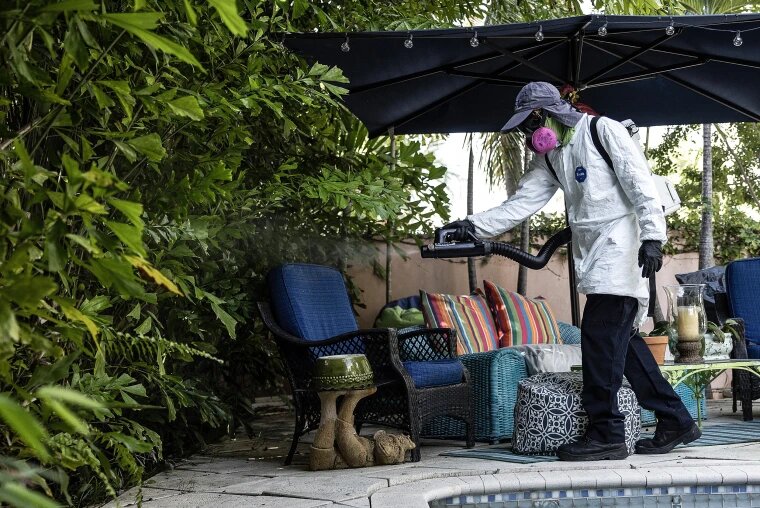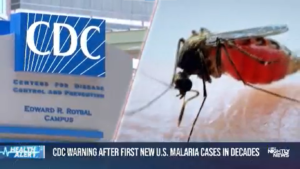SARASOTA — Florida health officials reported a new case of malaria Tuesday, bringing the total number of locally acquired malaria infections in the U.S. to eight since May.
The cases are the first to be acquired in the U.S. in 20 years.
The Centers for Disease Control and Prevention said last month that locally acquired infections — those not linked to travel outside the country — constitute a public health emergency.
The newest case was identified last week in Sarasota County, where all seven of Florida’s cases have been found.

The Texas Department of State Health Services reported another case of locally acquired malaria last month, which was not connected to the Florida ones. The Texas patient, who was working for the National Guard along the Rio Grande when he developed symptoms, said he was initially misdiagnosed with a viral infection.
Malaria is a serious, sometimes fatal, disease caused by a parasite that’s usually transferred to humans through the bites of female Anopheles mosquitoes.
Typical symptoms include fever, chills, headache, muscle aches and fatigue. Some patients also experience nausea, vomiting and diarrhea, according to the CDC. Symptoms typically appear 10 days to four weeks after victims are bitten by mosquitoes.
Malaria was considered eliminated from the U.S. by 1951, but the country gets around 2,000 cases annually, nearly all among people who had traveled outside the U.S.
Dr. Monica Parise, the director of the CDC’s Division of Parasitic Diseases and Malaria, said malaria outbreaks in the U.S. have historically been “relatively small and contained.” The outbreak in Sarasota County fits the pattern, she said.
“We don’t think this is going to go broadly — say, to a nationwide outbreak — for a number of reasons,” she said.
She said people in the U.S. have less contact with mosquitoes than they did several decades ago, because more people live in homes with screens and air conditioning. The expansion of the built environment also means there are fewer places for mosquitoes to breed.
The recent U.S. cases were caused by a parasite called P. vivax, according to the CDC. The parasite isn’t as deadly as some others that cause malaria, but it can lie dormant in the liver and cause chronic infections months to years after an initial illness.
“Any case of malaria is serious and can progress to death. So any case, you want to make sure at the front line that you’re doing prompt diagnosis and prompt treatment with the correct drug,” Parise said.
A typical treatment course for P. vivax involves three days of a medication to kill the parasite in the blood, followed by a two-week treatment at home to kill the parasite in the liver.
However, some of the Florida patients required lengthier-than-average hospital stays, said Dr. Manuel Gordillo, an infectious disease specialist at Sarasota Memorial Hospital, which has treated several of the state’s recent malaria cases.
“They are dehydrated, some of them. They have low blood counts, especially platelets, which puts them at risk for bleeding. Some of them have had renal kidney failure, which is one of the complications of malaria,” Gordillo said this month.
The Florida Health Department advised residents last month to use bug spray, wear long sleeves and pants and drain standing water. Parise said Florida health officials are also spraying insecticides and treating bodies of water to kill mosquito larvae so they don’t develop into adult mosquitoes.
By Aria Bendix and Blayne Alexander/NBC News

